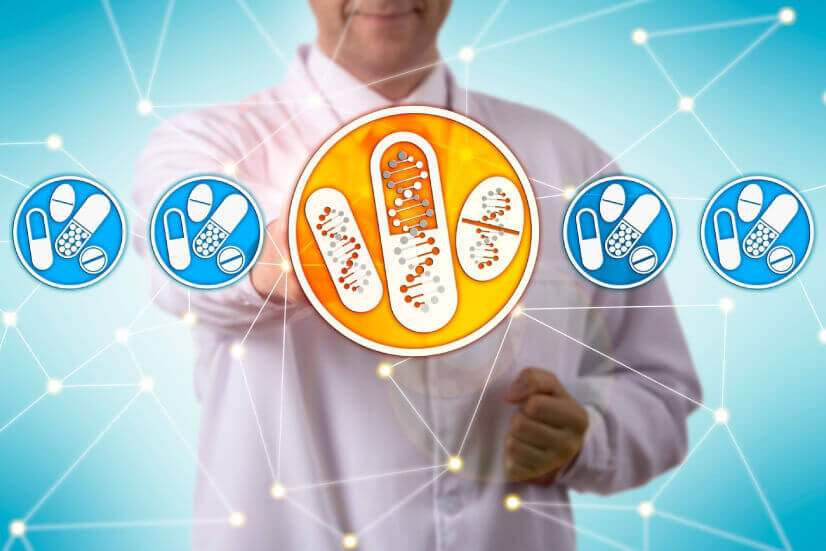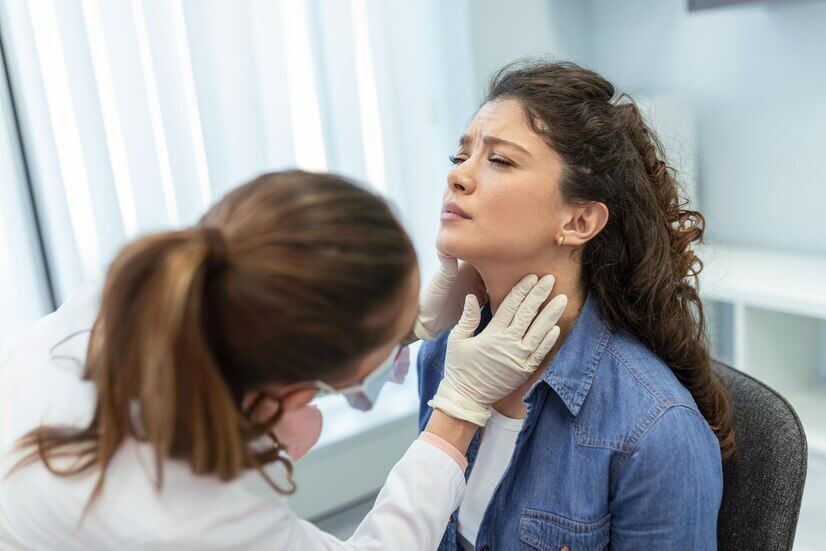Everyone knows climate variation because global warming is at its peak compared to the previous eras. Unfortunately, the increase in population is offering a weird boost to environmental pollution. As a result, zones already having warm climates are poorly affected, and heat-related illnesses are developing.
These diseases do not feel pity on any person without concerning their age and gender, and it affects every person. Sometimes, these problems become the reason for mortals and causalities. In this article, we will discuss these diseases and even provide you with solutions to these problems. Moreover, this write-up aims to educate you about the symptoms.
How dangerous are heat-related diseases?
As we have mentioned in the previous lines, heat-related illnesses are fatal many times, but it does not mean that all of these problems are fatal. Heatstroke is a common problem in many regions that can become fatal. On the other end, many diseases are mild in severity, like heat cramps, heat rash, etc. Moreover, these diseases are not dangerous but can become problematic and send you to the hospital.
Illnesses related to heat.
Now, we are going to discuss the problems that are directly connected to heat.
Heat stroke
Heat stroke is when the body’s internal temperature rises above 104 because of prolonged exposure to high temperatures. The body’s natural cooling system, which involves sweating, becomes overwhelmed, leading to dehydration and an inability to regulate body temperature. Exposure to hot weather, high humidity, and direct sunlight can cause heat stroke.
There are two types of heat stroke: classical heat stroke and exertional heat stroke.
The symptoms of heat stroke can vary, but some common physical symptoms include high body temperature, rapid heartbeat, headache, dizziness, nausea, and vomiting. Behavioral symptoms may include confusion, agitation, irritability, and loss of consciousness.
It is important to recognize the symptoms of heat stroke and seek medical attention immediately if you or someone you know experiences any of these symptoms. Staying calm and hydrated in hot weather is the best way to prevent heat stroke. We can achieve this by wearing light-colored and loose-fitting clothing, avoiding direct sunlight during the hottest parts of the day, and drinking plenty of fluids. When doing hard outdoor activities, it’s essential to take breaks often and rest in places with shade.
Heat exhaustion
Heat exhaustion is another illness that makes people more sensitive to heat. It occurs when the body loses excess water and salt, mainly because of sweltering. It primarily affects older people, patients with high blood pressure, and people working in a hot environment. When it comes to the indications of this problem, nausea, vomiting, light headache, weakness, thirst, over-sweating, etc., are the issues that a person can face. On the other hand, if a person finds any of 2 or 3 indications at a time, he must consider trying to stay and find the solution.
The solutions include instantly moving to the cold environment and calling for any person or medical team to get the treatment. Moreover, remove unnecessary wearing as a priority, like shoes, socks, etc. Serve the patient with cold liquids and cool the body temperature by pouring water on his head, face, and neck with cool water.
Rhabdomyolysis
The symptoms of rhabdomyolysis can differ depending on how bad the condition is and what causes it. There may be no symptoms sometimes, while the symptoms can be severe and life-threatening in others. Common symptoms of rhabdomyolysis include muscle pain, weakness, swelling, dark-colored urine, fever, nausea, and vomiting. In extreme cases, rhabdomyolysis can also cause kidney failure, leading to decreased urine output, swelling in the legs and ankles, and difficulty breathing.
The treatment for rhabdomyolysis will depend on the underlying cause and the severity of the condition. Treatments may involve rest, hydration, and pain management with over-the-counter medications in mild cases. In more severe cases, hospitalization may be necessary, with treatment including intravenous fluids, electrolyte replacement, and in some cases, dialysis. It’s essential to seek prompt medical attention if you suspect you may have rhabdomyolysis, as early intervention can help prevent serious complications.
Heat syncope
Heat syncope is also a heat-related illnesses that occurs when the blood pressure gets too low. If people encounter this disease, they must realize it can take a week to return to a healthier state. Health providers advise taking rest and staying away from direct sunlight and hot parts of the home. Common symptoms include weakness, muscle cramps, black urine, and natural intolerance. Regarding the solution of heat syncope, doctors recommend stopping working as a priority and consuming extra water. Going to any medical center would be better because it can be fatal sometimes.
Heat cramps
Heat cramps are most common in people who sweat excessively. This disease causes severe pain in joints and muscles because of over-sweating. Keeping the body filled with salt and moisture is better to avoid illness. Most pain occurs in the legs and arm muscles, the only indication of this medical illness. As a first aid, consume salt-mixed water and snacks to maintain the salt and moisture level in the body. Moreover, low sodium levels can result in cardiac diseases, so go for a medical check-up right after the first aid.
Heat rash
During the hot days, you must have seen a few people with red rashes on their bodies, especially workers who keep them busy working in sunlight. This medical disorder is not so dangerous but can become problematic. If we talk about its symptoms, its name clarifies everything. To avoid this issue, consider working in a more spectacular area, preferably covered with a roof or green cloth. Keep consuming water to prevent dehydration and maintain humidity levels. A fact to know on a mandatory basis is not to use creams and ointments on rashes, but powder.
FAQs
What illness gets worse in the heat?
Patients with asthma, lung cancer, and even respiratory tract infections should be careful and take proper care when they suffer from heat-related illnesses.
Which heat illness do doctors consider the most serious?
All illnesses connected with heat are serious, but heat stroke and cramps are severe. Heat stroke can become fatal. On the other hand, heat cramps can make a person a permanent patient of muscle cramps and joint pain.
How can one recover from heat illness?
It depends on the state of the disease. Recovery from such problems can take a few minutes to a week. To recover from this disease, move to cooler places, consume water and snacks, remove unnecessary clothing, and take any medicine as first aid.
How is the heat lost in the body?
Heat loss in the human body occurs because of evaporation because of continuous heat, and sweating because of a hot environment is another reason for heat loss.
Which parts of the body lose heat quickly?
The entire human body loses heat, and this procedure affects most of the head, face, and upper part of the chest.
Conclusion
We must learn about heat-related illnesses because getting first aid or medicine promotes good health. Moreover, it also helps in saving the lives of many people. Furthermore, a muscle cramp is a disease that, if not treated promptly, can become a permanent part of life. Lastly, we recommend our readers stay away from the hot areas if it is optional to stay there. On the other hand, working in extreme weather requires taking precautions such as caps, carrying cooler water, and having snacks to maintain sodium levels.










